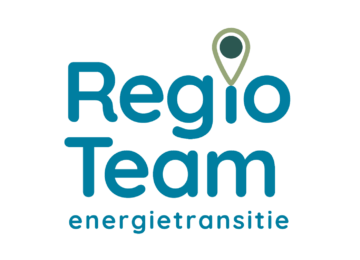Explosive growth in battery storage in the Netherlands
The hard numbers | New CBS data shows large-scale battery projects doubled in one year. ESNL adds to the numbers
The energy transition in the Netherlands gets a powerful boost: follows the the data from CBS counted at the end of 2024 our country 84 large-scale battery storage systems (≥1 MWh), accounting for a combined capacity of 350 megawatts (MW) and a total storage capacity of 620 megawatt hours (MWh). Energy Storage NL completes these numbers to at least 860MWh in this category with additional known project data. "Most likely this number will be slightly higher because you are never completely complete" - said Sacha Schmitter, Project Manager knowledge center at Energy Storage NL.
The growth is nothing short of impressive. In one year, the number of large-scale batteries in the Netherlands more than doubled: from 40 in 2023 to 84 in 2024. Storage capacity increased by 81 percent, from 343 to 620 MWh. Installed capacity also increased significantly: from 229 MW to 350 MW, an increase of 53 percent. ESNL predicts further exponential growth in 2025 and 2026. Currently there is over 3,000 MWh under construction, with many more MWh'ten in the financing and permitting stages.
Storage crucial for grid stability and renewable energy
The strong growth shows that batteries will play an increasing role in the energy system of the future. "Large-scale energy storage is indispensable for the further integration of solar and wind energy," said Energy Storage NL. "The figures confirm that market players are investing heavily in flexibility." In the fall, ESNL will release its own update of figures and the status of electricity, heat and molecule storage in its annual market research.
Battery deployment is essential for balancing supply and demand, preventing grid congestion and improving security of supply.
Figures broken down: mainly growth in large projects
Although the largest number of systems still fall in the class up to 10 MWh, most capacity is now in the category above 10 MWh. With only 15 projects, that group already accounts for nearly 70% of total storage capacity.
Production figures and usage
In addition to physical growth, CBS also shows new figures on the use of these batteries:
- Gross production: amount of electricity discharged, including losses and internal consumption.
- Own consumption: energy consumption for cooling, control and conversion.
- Commitment to charging: electricity derived from the grid or directly from generation facilities such as wind or solar farms.
This data provides valuable insight into the performance of batteries and their interaction with the grid. CBS based the figures on a survey of battery owners.
European reporting obligation and cooperation
CBS has been collecting these statistics for three years, based on European agreements. This involves intensive cooperation with Energy Storage NL, grid operator TenneT, and the Ministry of Climate and Green Growth. In the future, CBS plans to use a central battery register currently being developed by the grid operators.
Future forecast: acceleration remains necessary
The current figures mark a clear acceleration in the development of large-scale storage. At the same time, Energy Storage NL warns that this is just the beginning. "To make the energy system robust and future-proof, thousands of megawatt hours of storage are needed," the organization states. The ESNL market research to energy storage will further clarify this.
The Netherlands is only at the beginning of a large-scale battery revolution. The rapid growth in 2024 shows what is possible - provided the right policy frameworks, grid connections and market incentives are created.
Latest News
 News
News
Response from the regional energy transition team to the draft policy on large-scale battery storage in Flevoland
December 23, 2025 News
News
Compliment of the month: Provincial Council of Gelderland
December 18, 2025 News
News



